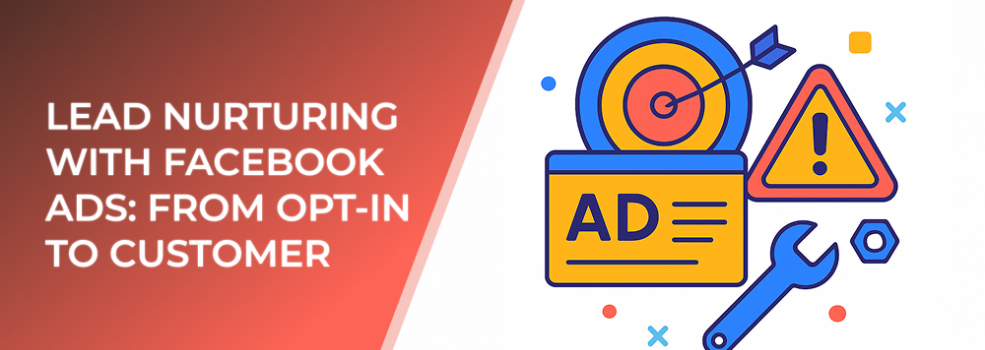Ad targeting is the backbone of digital advertising. Without precise targeting, even the most creative campaigns can fall flat. In fact, over 47% of marketers say that audience targeting is their biggest struggle when running ads. Let’s look at the major reasons why targeting strategies don’t deliver.
1. Your Audience Is Too Broad
Casting the net too wide leads to wasted impressions and higher costs. If you target everyone, you effectively target no one. Ads that lack focus often fail to connect, driving down click-through rates (CTR).
2. You’re Using Outdated Data
Customer behaviors and interests change quickly. Using old data means you’re chasing leads that may no longer be relevant. Research shows that data accuracy decreases by 30% each year if not refreshed.
3. Ignoring Audience Segmentation
Not all customers are equal. Grouping them into meaningful segments allows for more personalized ad experiences. Without segmentation, your ads risk being generic and ineffective.
4. Overlapping Audiences
If multiple ad sets compete for the same audience, you create internal competition that drives up costs. This overlap can also confuse algorithms, making them less effective in optimizing campaigns.
5. Wrong Platform or Objective
Running the right ad on the wrong platform is a classic mistake. Similarly, mismatched campaign objectives lead to frustration. For example, choosing a “Reach” objective when your goal is conversions won’t deliver the desired ROI.
How to Fix Your Ad Targeting Strategy
Refine Your Buyer Personas
Go beyond basic demographics. Identify pain points, behaviors, and motivations. A detailed persona helps narrow down targeting and ensures relevance.
Use Lookalike Audiences Wisely
Leverage existing customer data to create lookalike audiences. These groups often perform better because they resemble your best-performing customers.
Regularly Clean and Update Data
Invest in tools or processes that keep your targeting data fresh. Updating email lists, interest data, and purchase history ensures accuracy.
Test and Experiment
Don’t rely on assumptions. Run A/B tests with different audience definitions and track results. Small tweaks in targeting can lead to significant performance improvements.
Match Objectives with Goals
If your goal is lead generation, don’t run campaigns optimized for brand awareness. Align every ad set with a clear objective to maximize results.
Benefits of Better Targeting
-
Higher CTR — more relevant ads mean more clicks.
-
Lower cost per acquisition (CPA) — spend less to acquire customers.
-
Stronger engagement — ads resonate better with the right audience.
-
Increased ROI — every dollar spent works harder for you.
Statistics show that companies using precise audience targeting can achieve up to a 56% improvement in ad performance compared to generic targeting.
Conclusion
When ad targeting strategies don’t work, the solution isn’t always increasing spend. Instead, it’s about being smarter with data, segmentation, and audience refinement. By avoiding broad, outdated, or mismatched targeting approaches, you’ll ensure your campaigns reach the right people at the right time — and deliver the results your business deserves.

